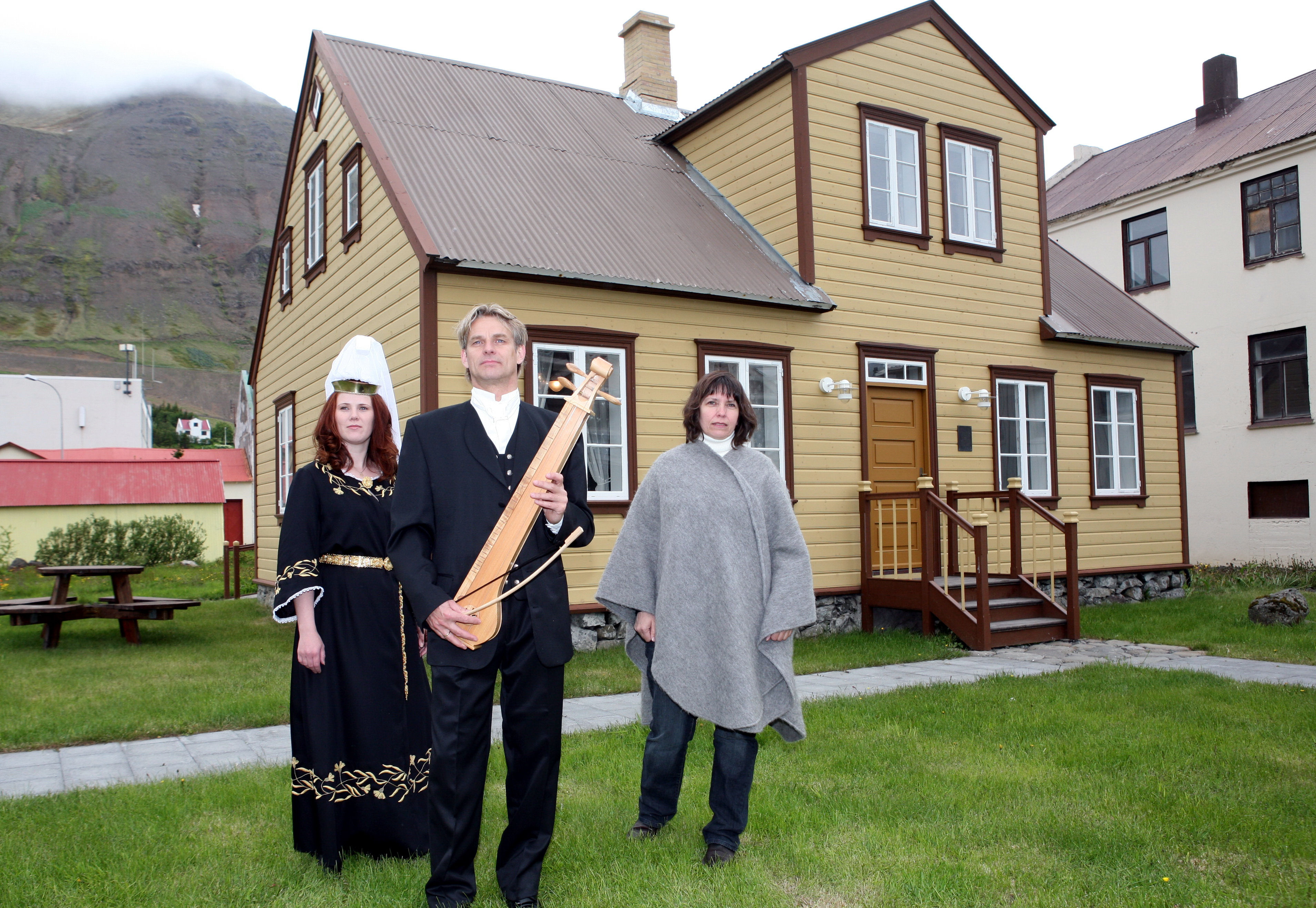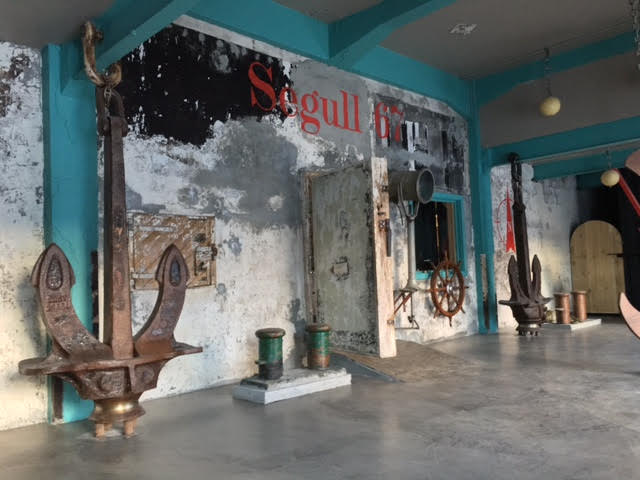Activities in Siglufjörður
The Herring Era Museum
The Herring Era Museum is one of Iceland’s largest maritime and industrial museums. It houses exhibitions describing herring fishing and shows how the silver of the sea was processed. The museum traces Iceland’s bumpy ride to prosperity after centuries of poverty—a venture that spanned much of the 20th century in which herring played a leading role. The course of events surrounding the herring were so important for the nation that it was dubbed the ‘Herring Adventure’. Herring processing units, large and small, sprang up all over northern and eastern Iceland. Siglufjörður was the location of the largest and most famous of them all. The shoals have long since disappeared, but evidence of this fantastic era can still be seen around the town. The Herring Era Museum safeguards the community’s unique heritage—over 10,000 people lived and worked in the town when processing reached a peak, making it one of the largest towns in Iceland at the time.
The main collection is housed in Róaldsbrakki, a Norwegian building erected in 1907 that was for many years Iceland's largest salting plant. Most of this four-storey building has been preserved in its original form, including the lodgings used by the young women who worked as herring girls, the office of the herring speculator and the herring plant.
Grána is a building containing an exhibition that tells the story of how men and machines transformed herring into oil and meal, long regarded as the first industrial process applied in Iceland. The central exhibit is a small herring factory from 1940 which produces two valuable products: fish meal and fish oil.
The exhibition in The Boat House aims to give an impression of a typical herring port around 1950. Nine boats of various types and sizes lie at the dock, while audiovisual material is presented about the herring fisheries from 1938.
The Herring Era Museum was the first winner of the Icelandic Museum Award in 2000. The museum has won a number of other awards including The European Museum Award in 2004! The museum receives groups on the dock for guided tours of the exhibitions. Salting takes place outdoors in front of the Roaldsbrakki building. Young women gut the herring and pack them in barrels while chatting, shouting, singing and flirting to recreate the atmosphere of the times. They also sing and dance, and offer the guests to join a dockside ball with music provided by accordionists. At the end of the show, guests can taste pickled, spiced and smoked herring on rye bread, washed down with a shot of Icelandic schnapps. The tour includes visits to all three museum buildings.
The Folk Music Center
 A voluntary organization for the establishment of a Folk Music Centre was founded in Siglufjörður in 1999. It is the fulfilment of the wishes of the Rev. Bjarni Thorsteinsson, who worked tirelessly to collect and preserve traditional Icelandic music. The mission of the organization was to establish a folk music centre honouring Rev. Bjarni’s folk music collection, hold an annual folk music festival and promote Iceland’s traditional music both locally and abroad. The Folk Music Centre was officially opened in 2006. The Centre presents Icelandic folk music in an accessible and entertaining manner through video recordings of people old and young, from all parts of Iceland, singing, chanting and playing traditional instruments. Visitors can take a crack at playing reproductions of an Icelandic fiddle and a langspil (a kind of bowed dulcimer), or just listen to the music while having coffee.
A voluntary organization for the establishment of a Folk Music Centre was founded in Siglufjörður in 1999. It is the fulfilment of the wishes of the Rev. Bjarni Thorsteinsson, who worked tirelessly to collect and preserve traditional Icelandic music. The mission of the organization was to establish a folk music centre honouring Rev. Bjarni’s folk music collection, hold an annual folk music festival and promote Iceland’s traditional music both locally and abroad. The Folk Music Centre was officially opened in 2006. The Centre presents Icelandic folk music in an accessible and entertaining manner through video recordings of people old and young, from all parts of Iceland, singing, chanting and playing traditional instruments. Visitors can take a crack at playing reproductions of an Icelandic fiddle and a langspil (a kind of bowed dulcimer), or just listen to the music while having coffee. Bird Watching
The local bird life is flourishing with up to 40 species to be found nesting and even more visiting, mainly at Leirurnar, tidal flats at the innermost end of the fjord.
SEGULL 67 Local beer brewery
 Segull 67 is a small family owned craft brewery located in the fishing village of Siglufjörður, Iceland. The brewhouse is in an old fish factory that we have designed and adapted. Segull means magnet in Icelandic and we are connecting it to the magnet needle (magnetic noth) in the compass. The magnetic needle always turns north no matter where you are. 67 has long been a lucky numer in the family, the owners great grandfather drove his truck with the number F67 and his grandfather sailed the seas with the boat number SI67.
Segull 67 is a small family owned craft brewery located in the fishing village of Siglufjörður, Iceland. The brewhouse is in an old fish factory that we have designed and adapted. Segull means magnet in Icelandic and we are connecting it to the magnet needle (magnetic noth) in the compass. The magnetic needle always turns north no matter where you are. 67 has long been a lucky numer in the family, the owners great grandfather drove his truck with the number F67 and his grandfather sailed the seas with the boat number SI67.
Segull 67 brewhouse is located within 300 meters from Siglufjörður‘s port. Up to 100 pax can go on brewing tours where visitors learn about this small family-run brewery as they get to explore the brewery itself „behind the scenes“ and taste their products.